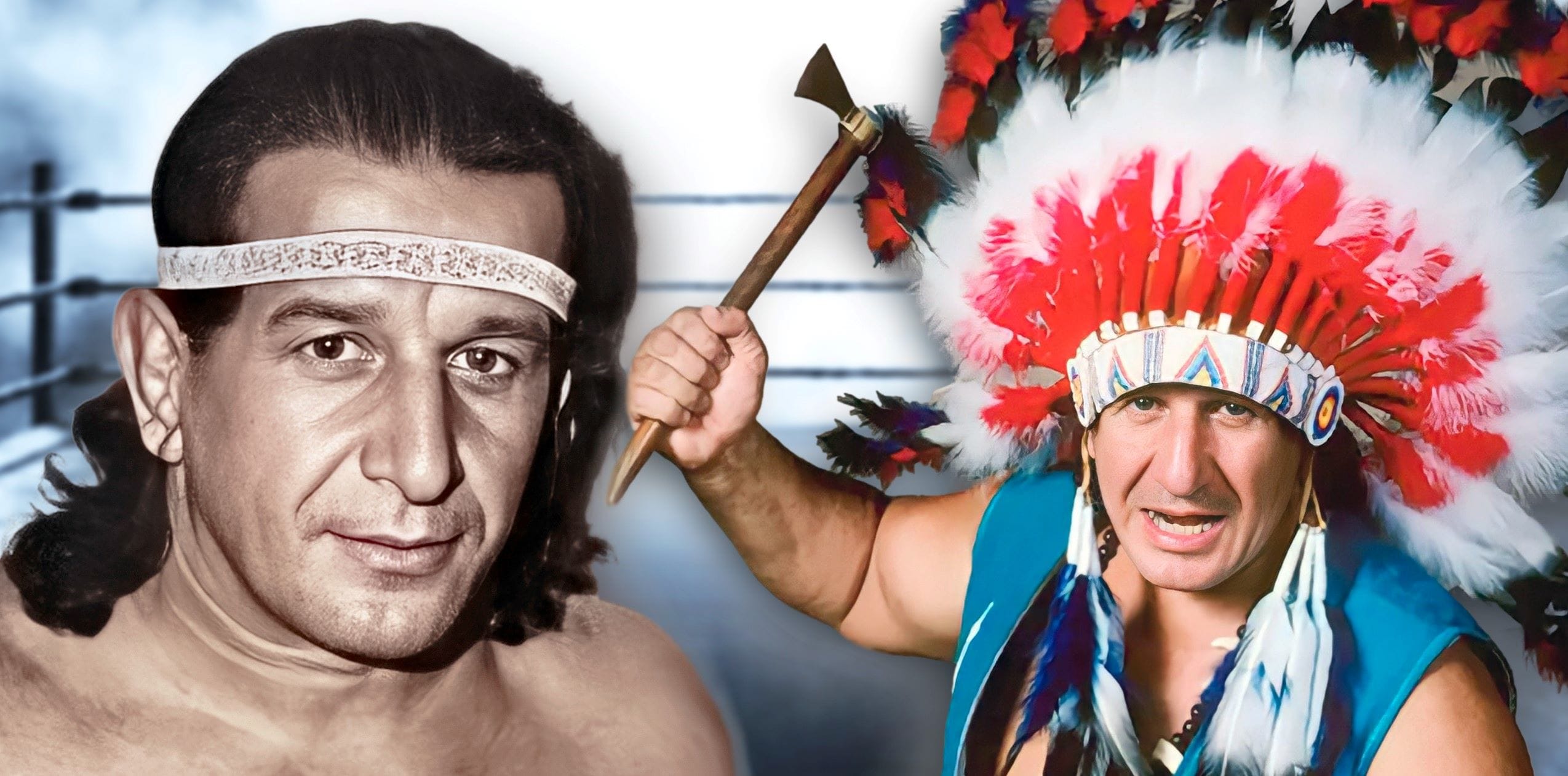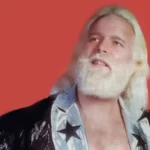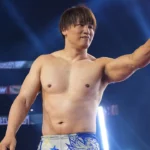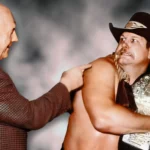Dive into the captivating world of Chief Jay Strongbow, a legendary wrestler who graced the ring with his signature cowboy hat and unwavering spirit. But Strongbow’s journey is more than just captivating; it’s a complex tapestry woven from athletic skill, compelling showmanship, and a cultural impact that continues to resonate today. Get ready to uncover the hidden stories and little-known facts that shaped this remarkable icon, leaving an indelible mark on both wrestling and history.
Facts About Chief Jay Strongbow
Born Luke Joseph Scarpa, Chief Jay Strongbow’s story might surprise you. He wasn’t Native American, and his adoption of this persona has sparked debate for decades. Some argue that it perpetuated harmful stereotypes, while others maintain that, in an era of limited Native American representation, Strongbow opened doors and challenged perceptions.
One thing’s for certain: this man could wrestle! His agility and innovative in-ring style earned him multiple titles, including the prestigious World Tag Team Championship, during his time with the WWWF/WWF (now WWE).
But Strongbow’s impact extended beyond championship wins. He was a mentor, guiding younger wrestlers like a wrestling sage, and his legendary tag team partnerships with Billy White Wolf and Jules Strongbow set a new standard for teamwork and skill.
Strongbow’s legacy of determination and his fight for inclusivity earned him a place in the WWE Hall of Fame in 1994. He is remembered not just for his victories, but for his embodiment of the spirit of wrestling itself.
Some experts believe that Strongbow’s impact on Native American representation in wrestling went beyond his own persona. He actively supported other Native American wrestlers and challenged the often-limiting ways they were portrayed. Additionally, his influence on tag team wrestling during the 1970s was significant. His innovative techniques and emphasis on teamwork helped to redefine the genre.
What year did Chief Jay Strongbow wrestle?
Chief Jay Strongbow’s career began long before he donned his iconic headdress. He stepped into the ring for the first time in 1947, building a name for himself before his legendary persona emerged in 1970.
This transformation into Chief Jay Strongbow catapulted him to a new level of fame. He became a cornerstone of the World Wide Wrestling Federation (WWWF), captivating audiences with his signature war dance and securing multiple championships, including the WWWF World Tag Team Championship four times.
Strongbow’s legacy continues to resonate with wrestling fans today. His posthumous induction into the WWE Hall of Fame in 1994 solidified his place as an enduring icon in the world of professional wrestling.
Is Chief Jay Strongbow in the WWE Hall of Fame?
Chief Jay Strongbow’s contributions to wrestling earned him a well-deserved place in the WWE Hall of Fame. Though he was inducted posthumously in 1994, the honor solidified his legacy as one of the all-time greats.
Strongbow’s achievements were many. The four-time World Tag Team Champion, often teaming with other legends like Billy White Wolf and Jules Strongbow, brought an electrifying presence to the ring. His signature war dance, a unique blend of showmanship and cultural homage, is still remembered by fans today.
Beyond his in-ring accomplishments, Strongbow was known for his generosity and willingness to guide younger wrestlers. This mentorship, fueled by a passion for the sport, further cemented his standing as a wrestling icon.
Strongbow’s induction into the WWE Hall of Fame was not solely about his wrestling prowess, but also about his broader impact on the industry. He remains an inspiration to wrestlers and fans alike, proving that even in a world of scripted storylines, true legends are made.
Who is Chief Jay Strongbow?
Born Luke Joseph Scarpa, Chief Jay Strongbow’s story is complex. As an Italian-American wrestler who adopted a Native American persona, he navigated a controversial path in professional wrestling. At a time when Native American representation was limited, his portrayal, though potentially stereotypical, provided a degree of visibility.
However, Strongbow’s legacy is about more than just his persona. He was a force to be reckoned with in the ring, securing the World Tag Team Championship title four times alongside partners like Billy White Wolf and Jules Strongbow. His iconic war dance, a blend of showmanship and cultural nod, captivated audiences.
Beyond his in-ring achievements, Strongbow was known for his mentorship of younger wrestlers, demonstrating leadership qualities that extended beyond the scripted world of professional wrestling.
It is crucial to acknowledge that our understanding of cultural representation has shifted since Strongbow’s time. What may have been considered acceptable then might be viewed differently now. Strongbow’s legacy is part of a larger ongoing conversation about the portrayal of Native Americans in media.
Who wrestled with a cowboy hat in the 80s?
When you picture a wrestler in the 1980s sporting a cowboy hat, one name likely springs to mind: Terry Funk. Funk didn’t just wear the hat; he embodied the cowboy persona, stepping into the WWF with chaps, a branding iron, and an aura of untamed energy that resonated with fans.
Funk’s embrace of the cowboy character tapped into a deep-seated image of the American West: rugged, independent, and rebellious. It’s no surprise that this resonated with audiences and influenced other wrestlers who adopted the style, adding their own spin to the tough, no-nonsense cowboy archetype.
It’s safe to say that figures like Terry Funk played a pivotal role in cementing the cowboy wrestler’s enduring popularity in the world of professional wrestling.
Interested in exploring more wrestling legends? Check out these fascinating figures:
- Want to learn more about international soccer? Discover some astounding facts about Fatih Terim.
- From the ring to the silver screen, explore the intriguing life of Oleg Taktarov.
- Unveiling the Enigma: Mansoureh Khojasteh Bagherzadeh’s Public Appearances & Private Life in Iran - July 18, 2025
- Unveiling the Mystery: Mansoureh Khojasteh Bagherzadeh’s Husband: A Rare Glimpse into a Private Life - July 18, 2025
- Unveiling Masoud Khamenei’s Mother: Power, Influence, and Iran’s Future - July 18, 2025

















2 thoughts on “Unveiling the Legacy: Facts About Chief Jay Strongbow”
Comments are closed.